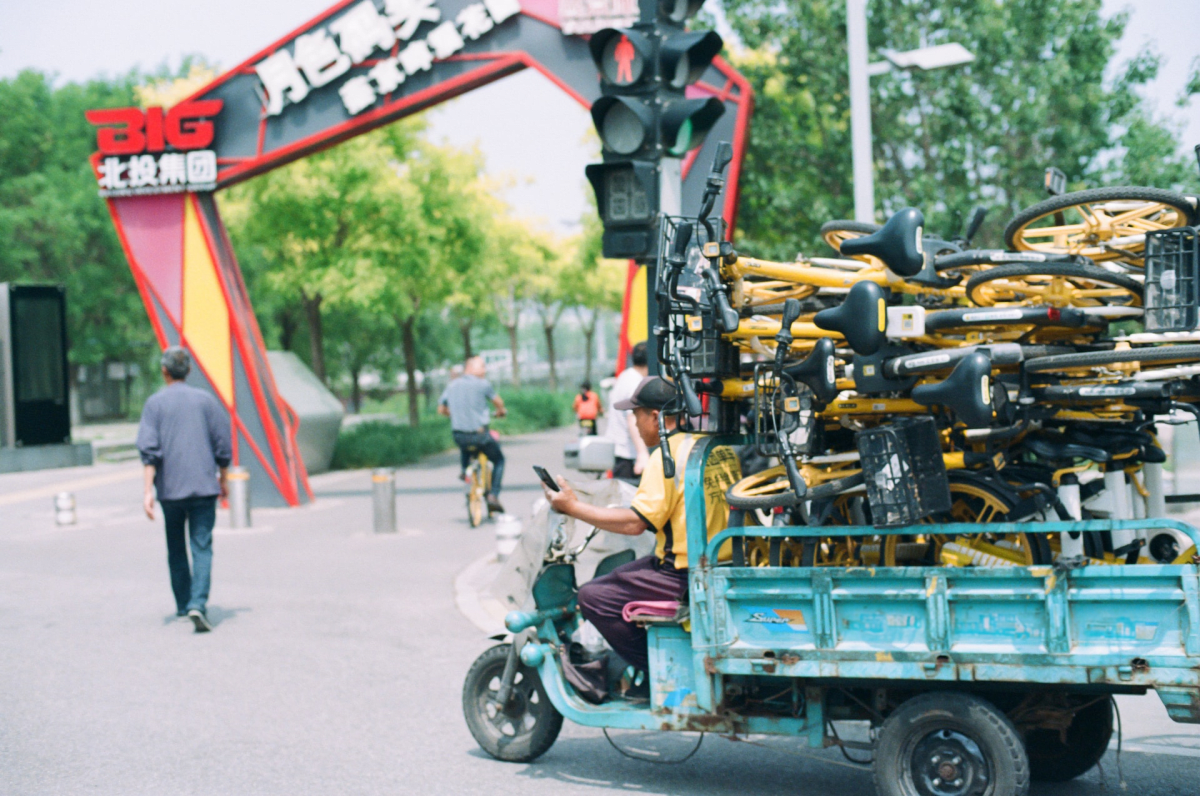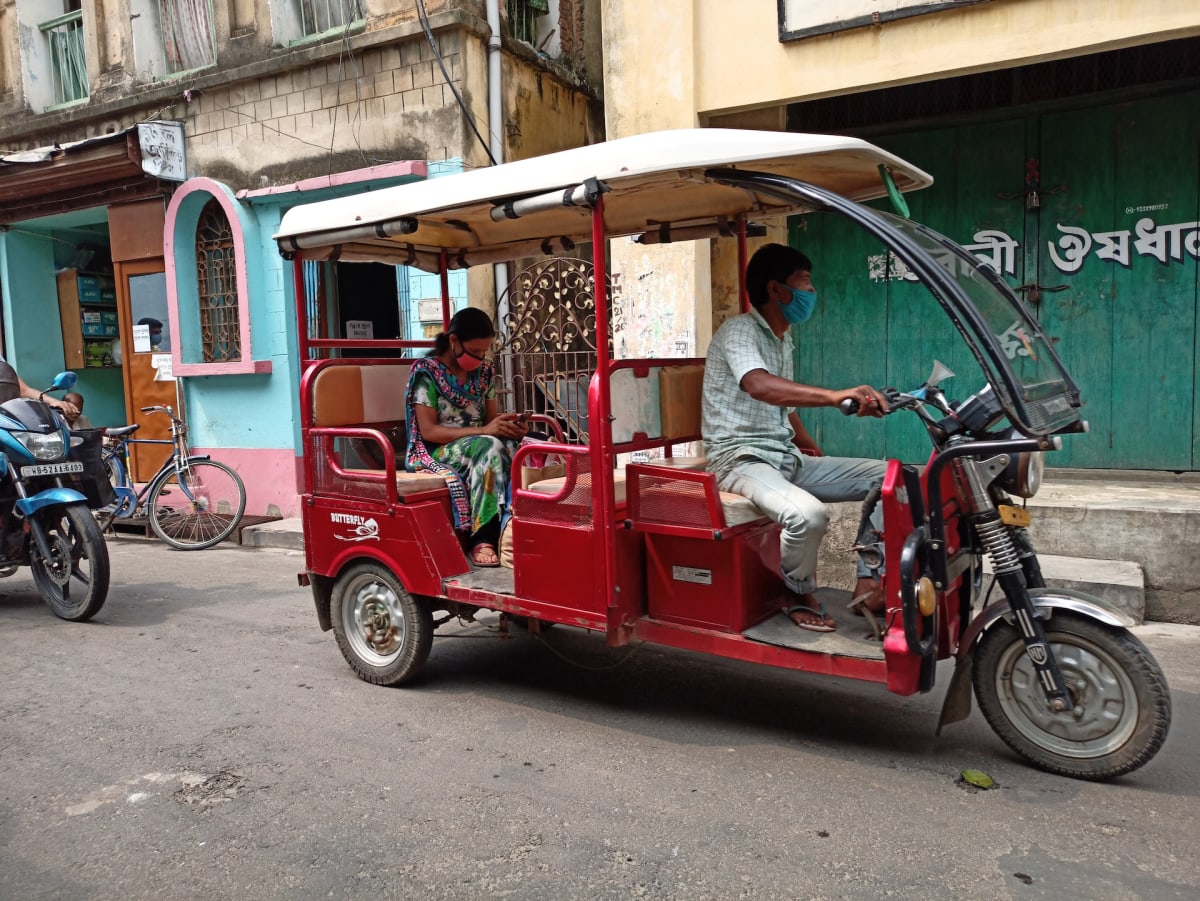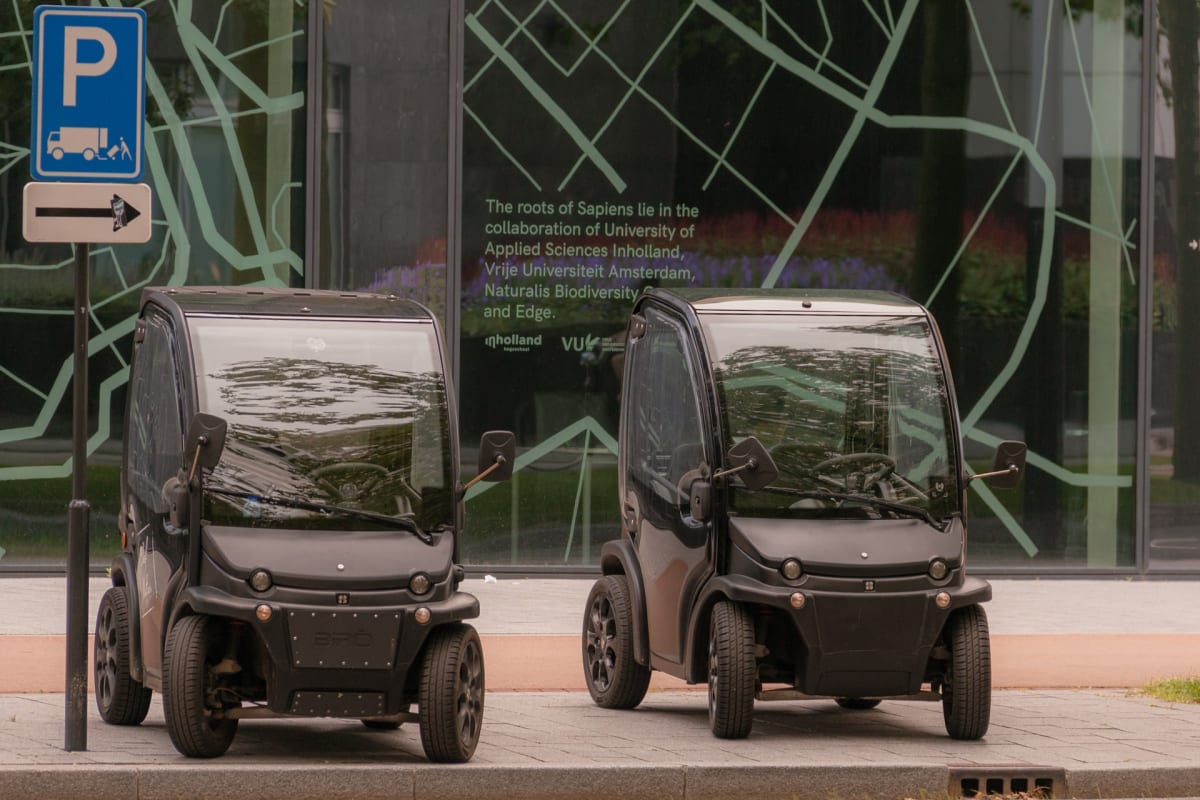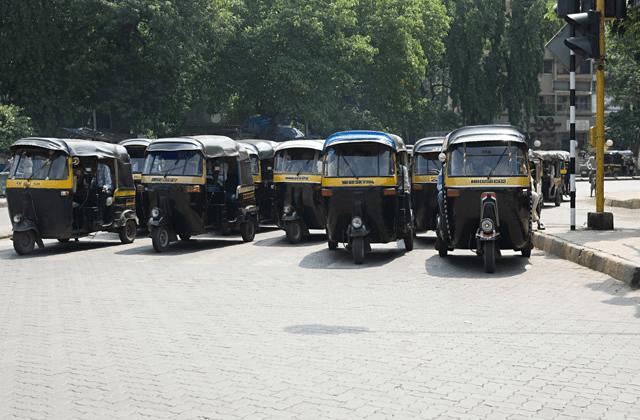
Choosing the Right Electric Tricycle: 5 Key Considerations
September 20, 2023
Nighttime Safety for Electric Tricycle Riders: Tips and Considerations
September 22, 2023Contents
The controller of an electric tricycle is a vital component responsible for controlling the motor’s speed. It acts as the core controller for various functions such as motor startup, operation, forward and reverse motion, speed control, and stopping. Think of it as the tricycle’s brain and the central controller for the entire electric system. However, controllers may vary in performance and characteristics based on different tricycle models.
Here’s how to handle controller damage and some common causes:
Mismatched Voltage
It’s crucial to ensure that the battery, motor, and controller are all compatible in terms of voltage and capacity. Some users may attempt to increase speed by adding an extra battery, which can put excessive strain on the controller. This can lead to overheating, increased current output, motor overheating, demagnetization, and eventual controller damage. Avoid adding batteries that don’t match the controller’s specifications.
Motor Wire Aging and Short Circuits
Over time or due to heavy loads, the motor or its wiring can heat up. This heat can damage the insulation of motor wires, potentially leading to short circuits. Increased current during acceleration can worsen this condition, potentially damaging the controller. If you experience frequent controller damage, inspect the motor wires for any signs of wear or damage. Replace the entire motor wire assembly if necessary and ensure that all connections are secure.
Mechanical Issues and Excessive Load
Check if there are any mechanical issues causing increased friction while riding. Excessive friction or resistance puts additional load on the controller, leading to potential damage. Ensure that bearings are operating smoothly, brakes are not dragging, brake pads are in good condition, and tire pressure is appropriate. Reducing friction and load on the controller will extend its lifespan.
Hall Sensor Malfunction
Electric motors often use Hall sensors to detect rotor positions and control the motor’s direction and speed. A malfunctioning Hall sensor can lead to controller issues. If you experience problems like erratic acceleration or motor direction changes, the Hall sensor may be at fault. Inspect and replace the Hall sensors as needed.
Inadequate Controller Mounting
Controllers should be securely mounted to prevent internal components from becoming dislodged due to vibrations and bumps. Poorly secured controllers can lead to damage by causing internal components to disconnect or short-circuit. Ensure the controller is securely fastened in place to prevent internal damage.
Water Ingress
Controllers are sensitive to water and moisture. Placing the controller in a location where it can be exposed to water, such as under the pedal area, can lead to water ingress and internal short circuits. Make sure the controller is well-protected from water splashes and moisture.
In summary, proper maintenance and care of electric tricycle components, including the controller, are essential for longevity and reliable performance. Addressing compatibility issues, inspecting motor wires, reducing mechanical friction, monitoring Hall sensors, securing the controller, and protecting against water damage will help extend the life of your tricycle’s controller and overall electric system.



